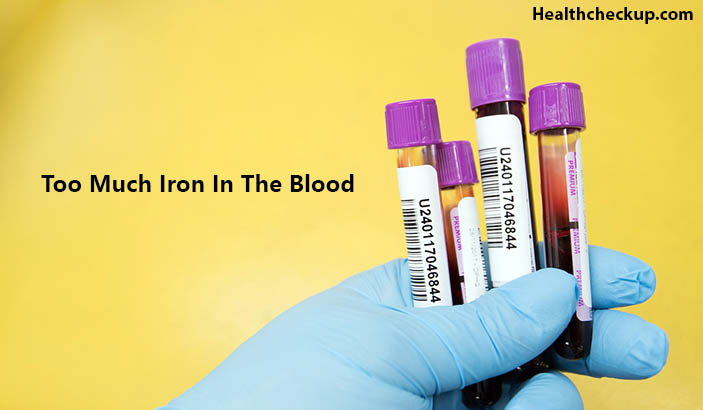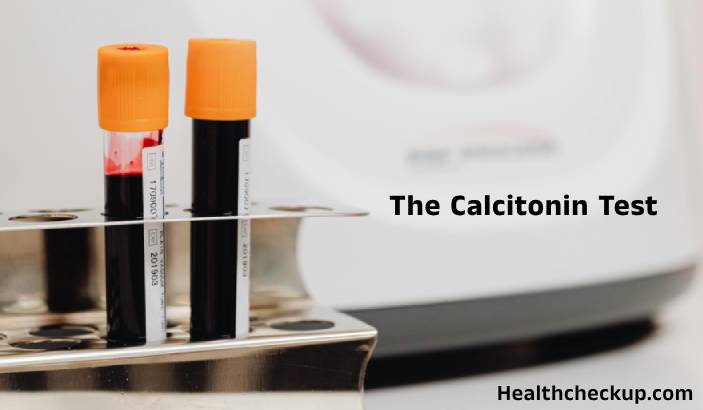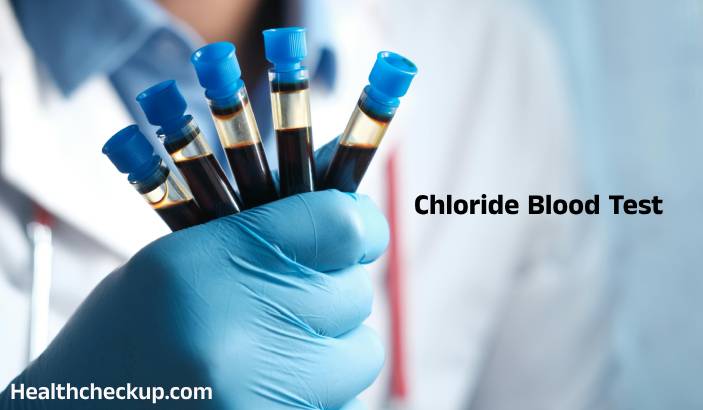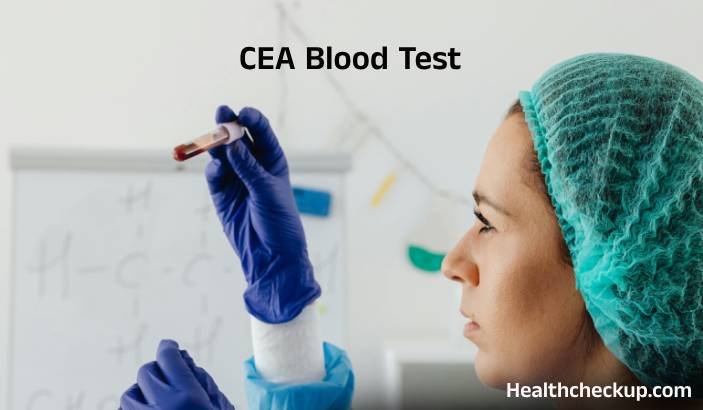Too much iron in the blood isn’t a good condition and can lead to many life-threatening conditions like heart diseases, diabetes, and liver malfunctions.
[Also Read: Tests for heart health]
What Is Too Much Iron In Blood?
In the simplest terms, the presence of more than needed iron levels in the blood is too much iron in the blood. It is called hemochromatosis. The normal value range of iron in the blood is;
- Iron: 60 to 170 mcg/dL (micrograms per deciliter), or 10.74 to 30.43 micromol/L ( micromoles per liter)
- Total iron Binding Capacity (TIBC): 240 to 450 mcg/dL, or 42.96 to 80.55 micromol/L
- Transferrin Saturation: 20% to 50%
As such anything above or below this isn’t normal and may indicate one or other underlying health condition. At the same time high iron levels in blood, not hemochromatosis always.
Symptoms Of Too Much Iron In Blood
- Joint pain
- Fatigue
- Weakness
- Abdominal pain
- Heart failure
- Diabetes
- Impotence
- Loss of sex drive
- Unexplained loss of weight
- Liver failure
- Memory fog
- Bronze or grey skin color
- Belly pain
- Hair loss
What Causes Too Much Iron In Blood?
There are more than a couple of reasons that one may see high iron in the blood commonly known as hemochromatosis. However, hereditary hemochromatosis is most common and is the result of a mutation in a gene that controls the quantity of iron the body absorbs from the food taken. These mutations are passed from parents to children. A gene known as HFE is the usual cause of hereditary hemochromatosis.
The other causes apart from hereditary hemochromatosis include;
1. Juvenile Hemochromatosis
It is caused due to mutations in the hepcidin or hemojuvelin genes. The signs and symptoms arise between the ages of 15 and 30. All the problems associated with hereditary hemochromatosis are present.
2. Neonatal Hemochromatosis
It is a severe disorder and the build-up of iron in the liver takes place rapidly. This happens usually in the fetus stage.
3. Secondary Hemochromatosis
This type of condition is not inherited and is commonly termed iron overload. People with a few types of anemia or chronic liver disease may require numerous blood transfusions, which can onset the accumulation of excess iron.
What Causes High Iron Levels In Females?
Usually, too much iron levels in women can be due to hereditary hemochromatosis or some other iron loading conditions. Women in the postmenopausal period can also have high amounts of iron. The same can be seen in pregnant women.
How Much Is Too Much Iron In Blood?
This differs with age, health condition, and gender however, below is the normal value range of iron in the blood and anything above the parameters is to be considered too much for a grown-up adult;
- Iron: 60 to 170 mcg/dL ( micrograms per deciliter), or 10.74 to 30.43 micromol/L (micromoles per liter)
- Total iron Binding Capacity (TIBC): 240 to 450 mcg/dL, or 42.96 to 80.55 micromol/L
- Transferrin Saturation: 20% to 50%
Too Much Iron In Blood Side Effects
Liver Problems
Cirrhosis — enduring scarring of the liver — is merely one of the health conditions that may happen. Cirrhosis increases the risk of liver cancer and other life-threatening conditions.
Pancreas Problems
Pancreases can easily be affected due to increased iron which further leads to diabetes.
Heart Problems
Excess iron can even reach the heart thereby affecting its capability to circulate sufficient blood needed by the body. It may even cause abnormal heart rhythms.
Reproductive Issues
Excessive iron can cause erectile dysfunction (impotence), and lack of interest in sex in men, and a lack of the menstrual cycle in women.
Skin Color Changes
Accumulation of iron in skin cells can turn the skin grey or bronze.
How To Lower Iron Levels In The Blood?
Here are the answers to how to lower iron levels quickly;
- Lessen the consumption of foods rich in iron such as red meat and so on.
- Regularly donating blood is one of the safest and humanitarian ways of lessening iron levels in the body.
- Taking less vitamin C foods that are high in iron content is another sure shot way.
- It is always better to avoid cooking in iron cookware.
However, when all these don’t work doctors may resort to clinical methods such as removing blood from your body and so on. Many times too much iron in the blood can be managed if diagnosed early. If you sense any symptoms of high iron level presence in the body better do not delay and seek medical advice to avoid further complications which may be life-taking.

Sudheendra is a passionate blogger for 8 years and holds a Degree in Journalism & Mass Communications. His writings particularly focus on health, medicine, diet & lifestyle. For him, everything that interlinks and relates to health & medical world entices him. His write-ups aim at educating people not by just giving facts but by infusing human touch.








